
|
| Accept Cookies | Customize | Refuse Cookies |
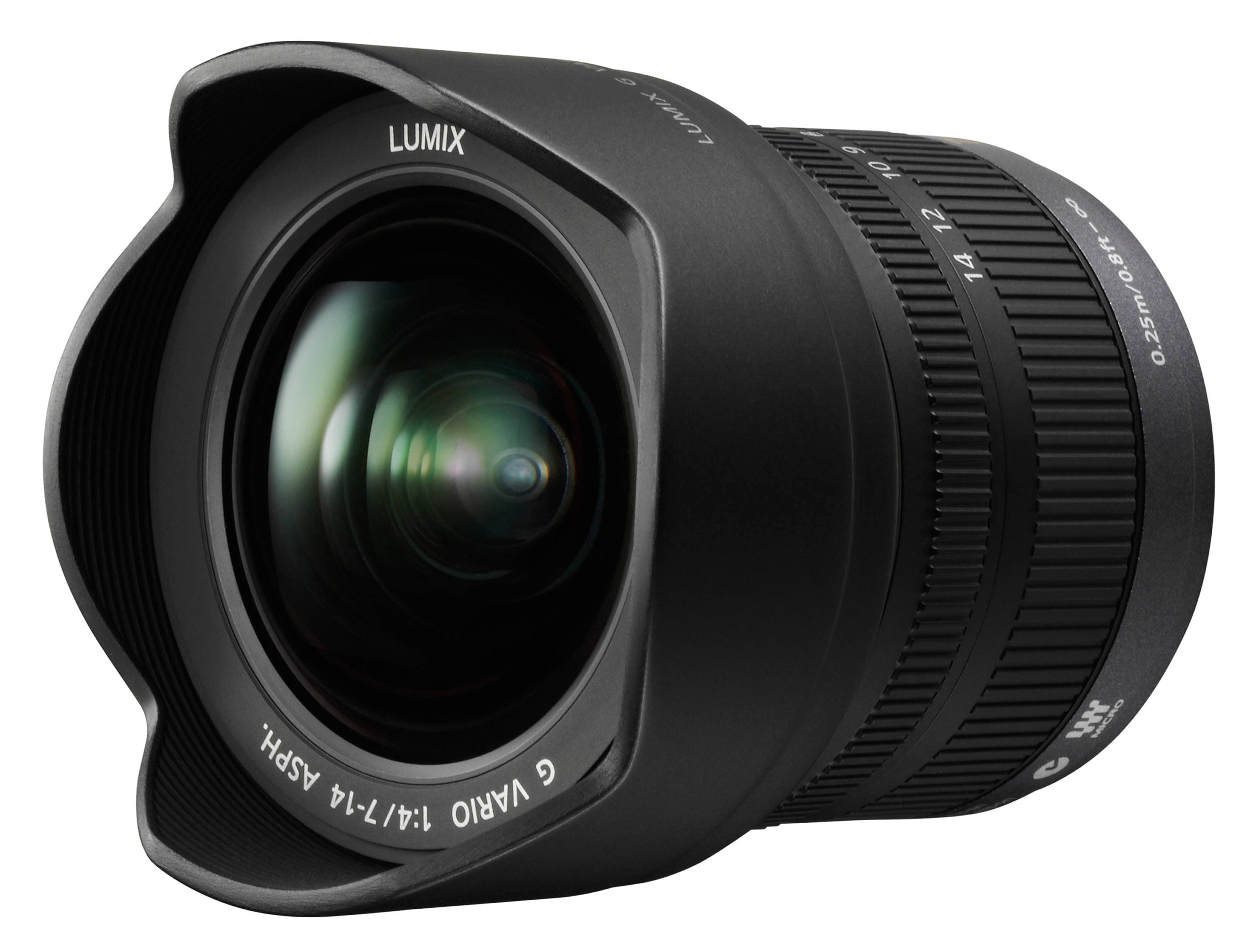
| Specifications | Reviews | Compare | Buy | Sample Photos |
|  Publish your advertisement on JuzaPhoto (info) | ||||||||||||||||||||||||||||||||||||||||||||||||
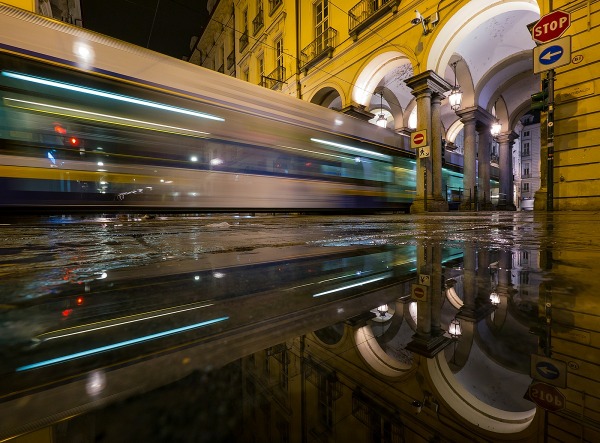 The 4 crosses Via Garibaldi by Fausto Pesce142 comments, 28525 views ![[editors pick]](shared_files/layout/ep_badge.jpg) 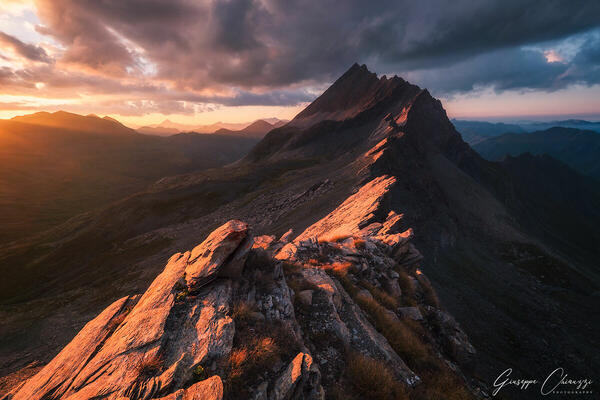 Mythical Mountain, Near-60s by Kyagi64 comments, 15274 views ![[editors pick]](shared_files/layout/ep_badge.jpg) 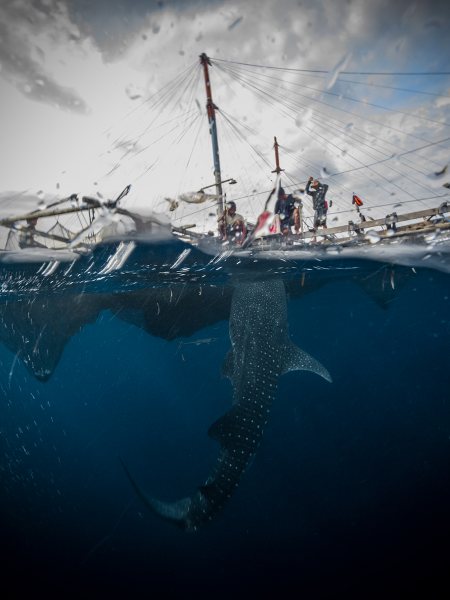 The whale Cendrawasih Bay by Alexv65 comments, 15734 views ![[editors pick]](shared_files/layout/ep_badge.jpg) 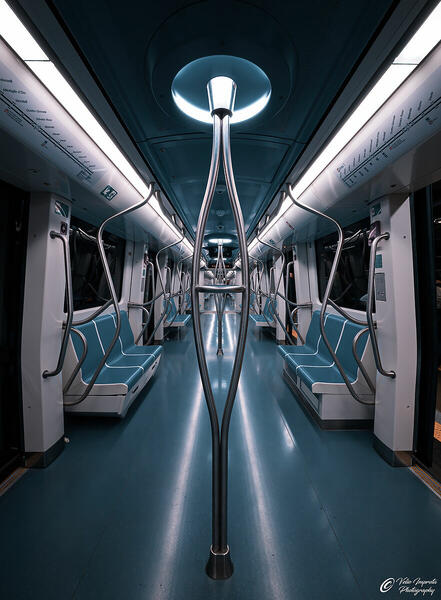 The Metro by XFleshcoated147 comments, 8943 views ![[editors pick]](shared_files/layout/ep_badge.jpg) 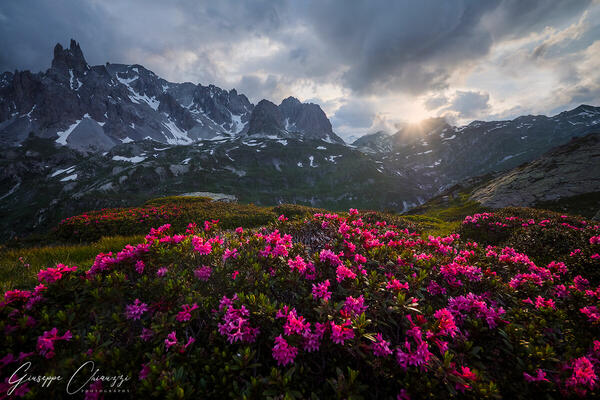 The Garden by Kyagi62 comments, 9152 views ![[editors pick]](shared_files/layout/ep_badge.jpg)  Sunset in Assisi by XFleshcoated94 comments, 4531 views ![[editors pick]](shared_files/layout/ep_badge.jpg) 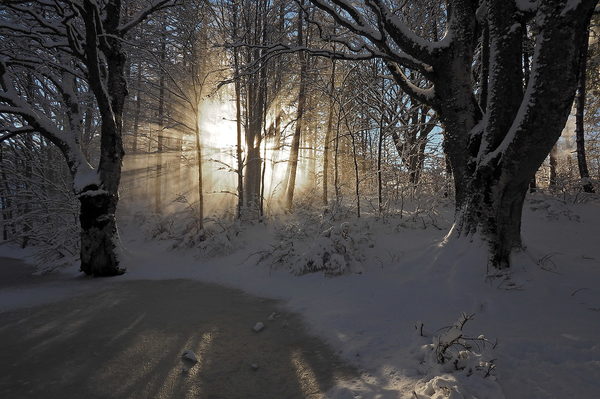 The games of the wind by Lazzaro81 comments, 11567 views 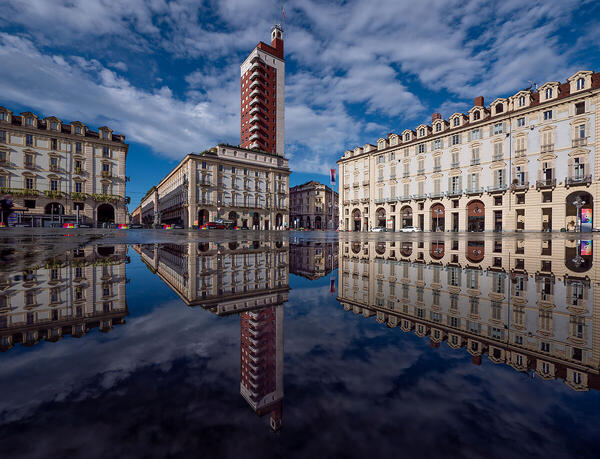 After the storm. by Fausto Pesce73 comments, 7794 views 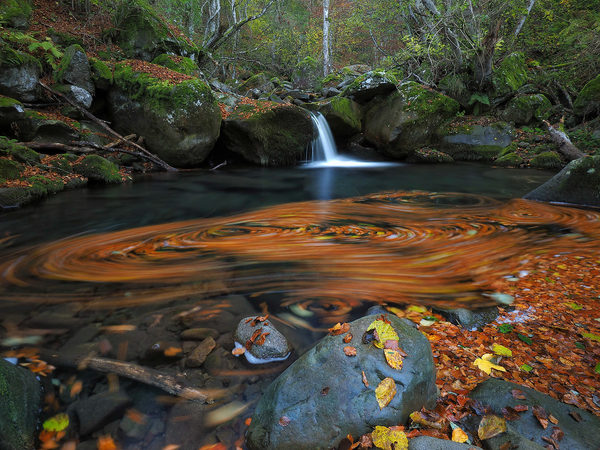 A swirl of colors 2 by Lazzaro53 comments, 6167 views 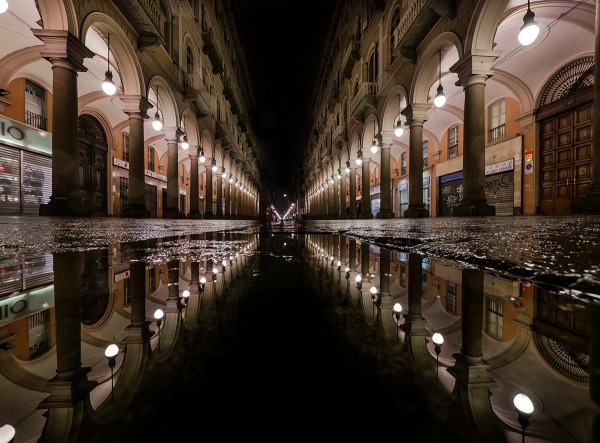 Via Garibaldi by Fausto Pesce49 comments, 10030 views  Piazza San Carlo by Fausto Pesce46 comments, 10656 views 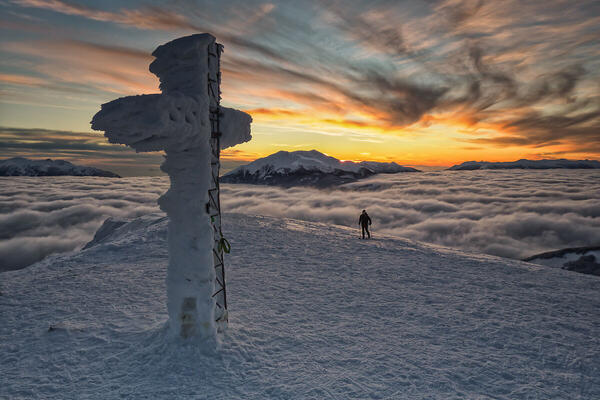 At the top by Lazzaro64 comments, 3507 views 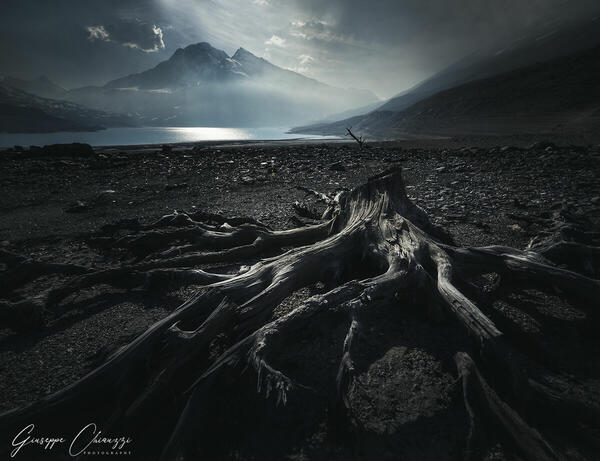 Resiliency by Kyagi39 comments, 5195 views  A swirl of colors by Lazzaro56 comments, 3931 views  The house of the Elves by Lazzaro47 comments, 6067 views HI RES 5.1 MP  Gran Madre Church by Fausto Pesce39 comments, 10887 views  The Valentino Castle by Fausto Pesce31 comments, 8731 views  The photographer on the lake by Lazzaro43 comments, 2569 views 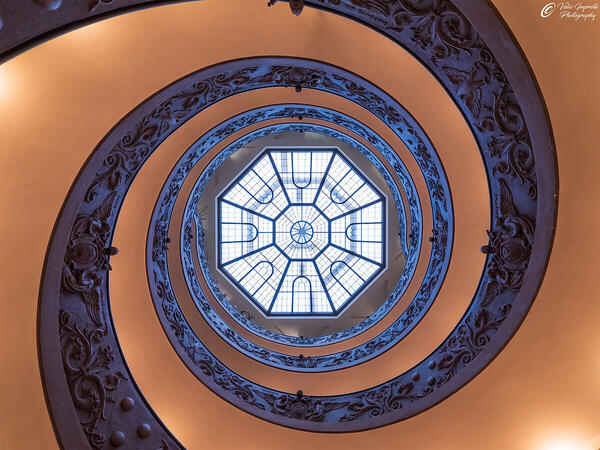 Helical ceiling by XFleshcoated86 comments, 3420 views HI RES 4.3 MP 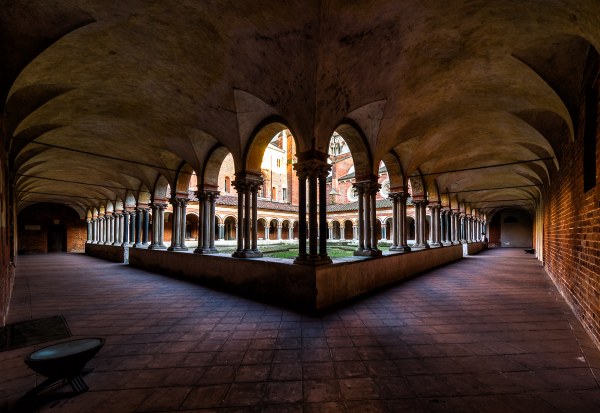 Cloister of the Basilica of St. Andrea Vercelli 1 by Vittorio Fracassi59 comments, 9838 views 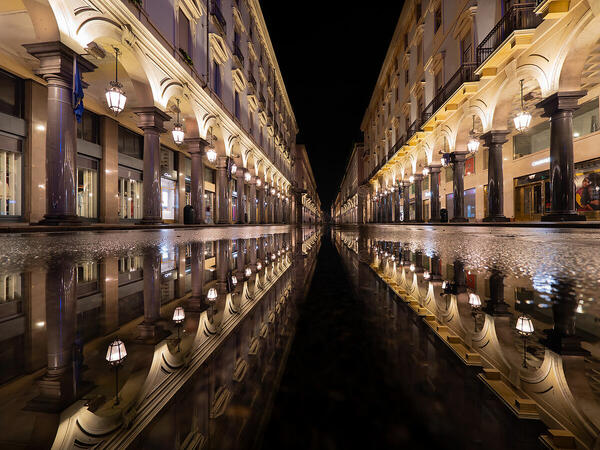 Via Roma by Fausto Pesce41 comments, 5668 views 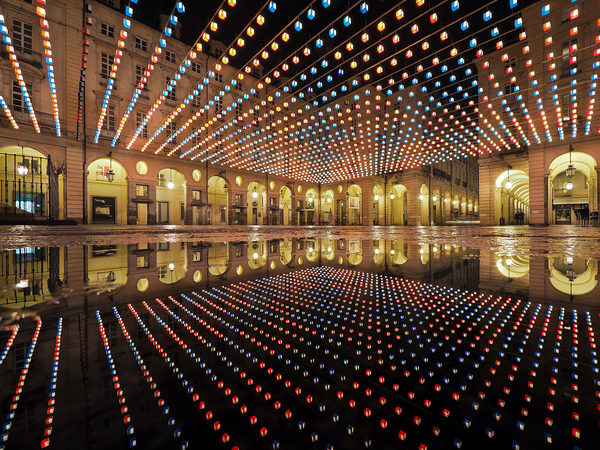 Best wishes for Happy Holidays and a Fantastic 2018 by Fausto Pesce51 comments, 4471 views 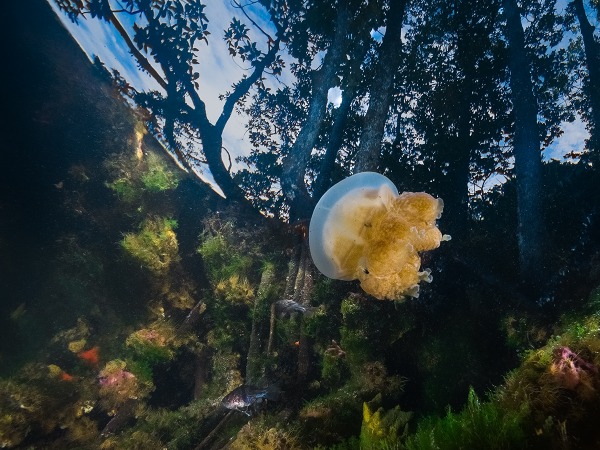 Blurred boundaries by Alexv33 comments, 6894 views ![[editors pick]](shared_files/layout/ep_badge.jpg)  Piazza Castello by Fausto Pesce41 comments, 5288 views 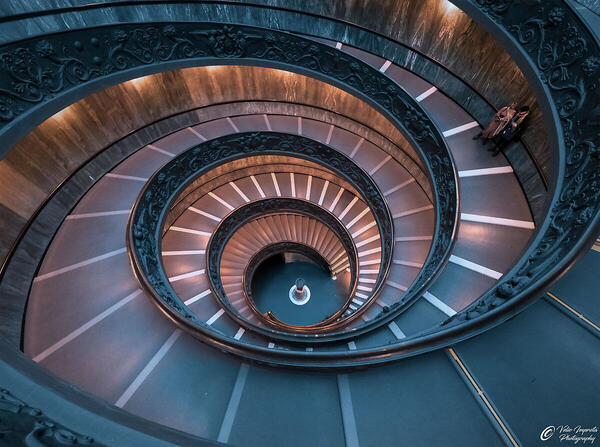 A staircase all for us by XFleshcoated73 comments, 2991 views HI RES 4.3 MP  After the storm. by Fausto Pesce36 comments, 3111 views HI RES 6.1 MP 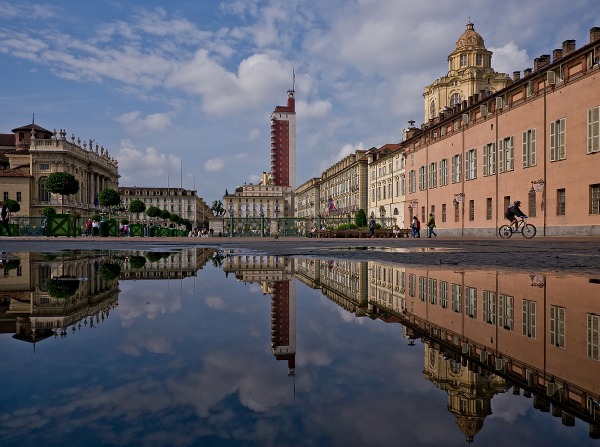 Turin - Piazza Castello by Fausto Pesce27 comments, 7282 views 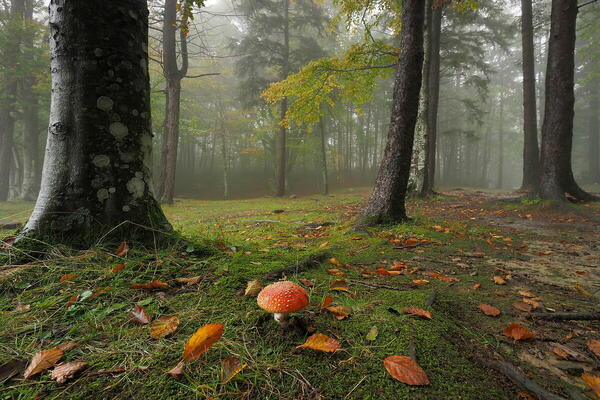 Autumn Thoughts by Lazzaro32 comments, 3193 views 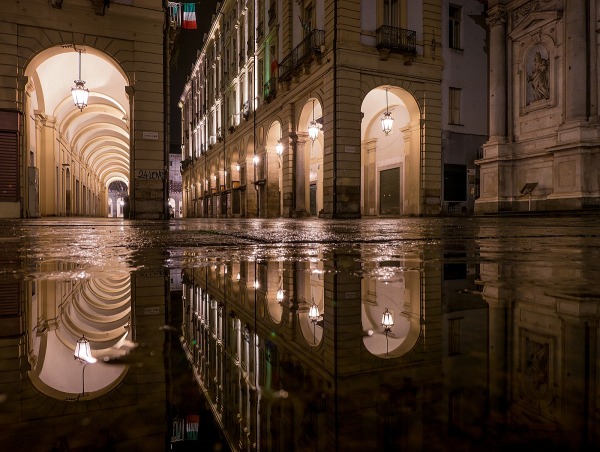 Piazza Corpus Domini by Fausto Pesce29 comments, 5530 views 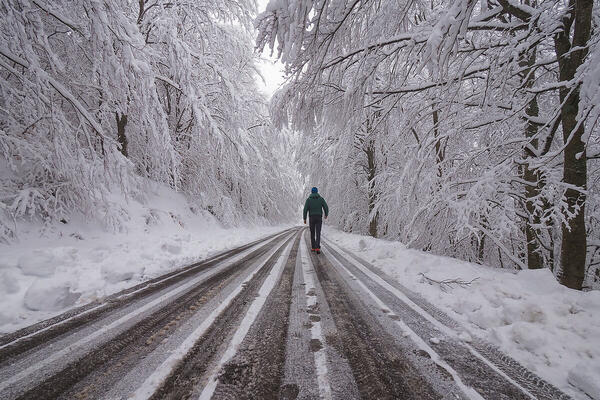 The road of silence by Lazzaro25 comments, 3971 views  The little hand ... by Lazzaro27 comments, 4519 views  The 13 in Via Pietro Micca by Fausto Pesce35 comments, 5970 views 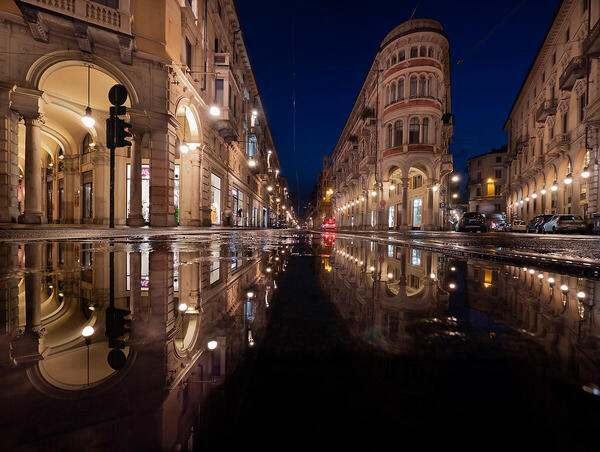 Via Pietro Micca by Fausto Pesce29 comments, 4050 views  Crabbedness! by Giorus85 comments, 1173 views HI RES 12.0 MP 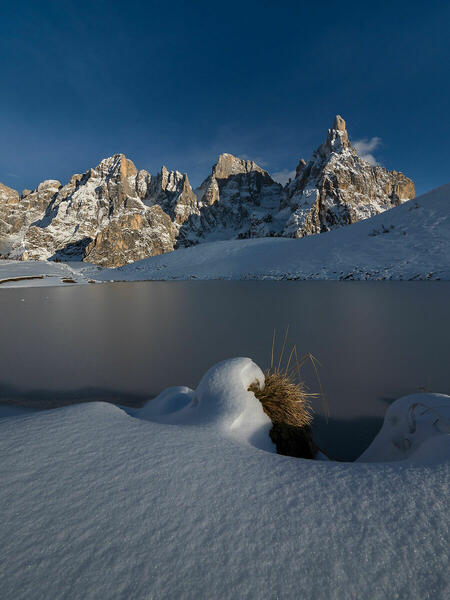 A classic that never tires! by Lazzaro34 comments, 2174 views HI RES 4.3 MP 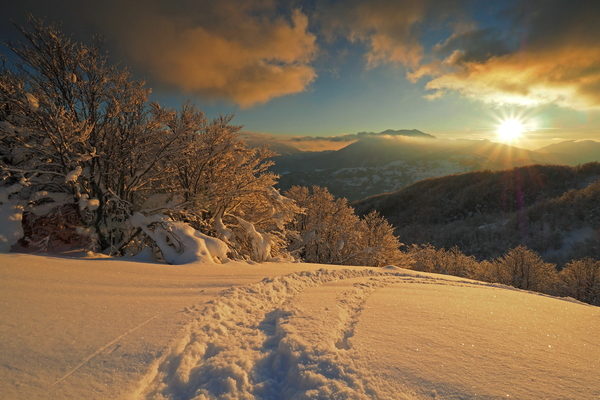 The trace of happiness by Lazzaro21 comments, 4181 views 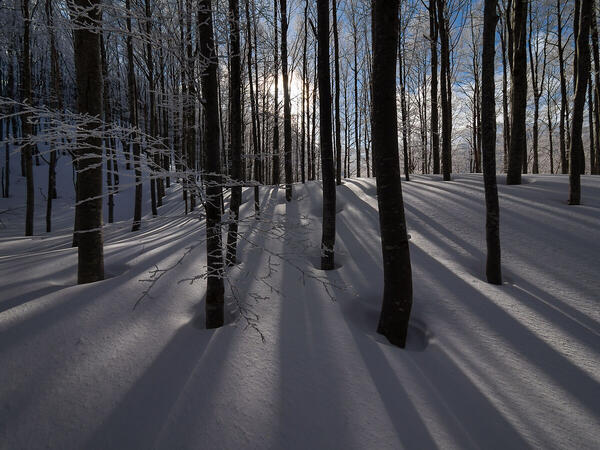 Question of lines by Lazzaro21 comments, 1968 views |
 JuzaPhoto contains affiliate links from Amazon and Ebay and JuzaPhoto earn a commission in case of purchase through affiliate links.
JuzaPhoto contains affiliate links from Amazon and Ebay and JuzaPhoto earn a commission in case of purchase through affiliate links.May Beauty Be Everywhere Around Me